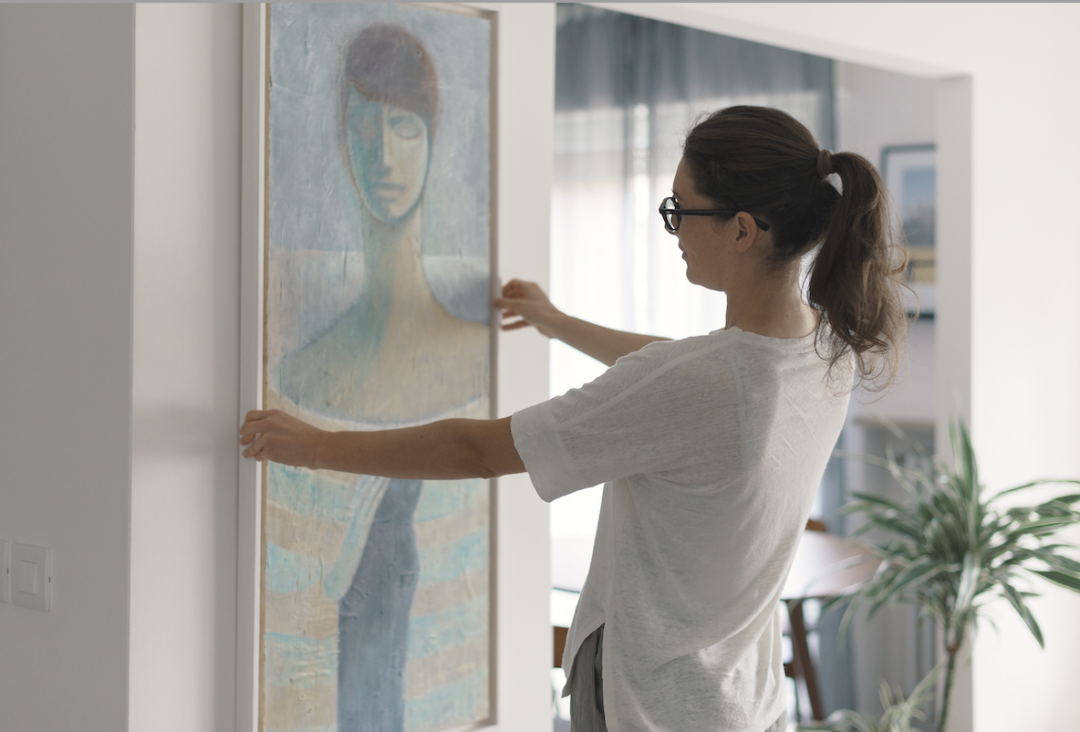
Wall art is an aesthetic piece that collectors, as well as homeowners, are interested in. They are sold at a range of prices depending on the type of art, the artist, and the story behind it. Owning quality wall art can be expensive, and many are wondering if their value does appreciate over time.
Wall art is considered an investment piece. You don’t have to be an art expert in order for you to have a collection, but there are things to consider if you would get one as an investment. Read on below to know more information about wall art as an investment, including some tips if you want to get started.
Is It A Good Investment?
Thinking about investing in wall art needs thorough research about the financial aspects of owning one. What’s good about investing in art is that it’s not affected when the financial market fluctuates. It’s possible that its value can go up as long as you’re keen on selecting the pieces that you’ll own and keep the art pieces long-term.
Art investing isn’t for those who are in search of easy money. You may need to wait months, years, or even decades for it to be appreciated and for you to have a return on investment. Just like any other investment, wall art investments have risks. This kind of investment is for those who are patient in seeing the value of artworks. But before you invest in any piece, take note of the following tips below.
1. Do Your Research
Before buying wall art, it’s important to know the history of the specific piece you’re eyeing, as well as the artist who made it. You’ll have an idea about the value of the art piece if you’d go deeper and not just look at its style and beauty. For an art to be a valid investment, you may need to prove its value through provenance.
Provenance is a record of an artwork’s history from its artist, and where and when it was created. It authenticates the art piece and seals its long-term value. A part of researching the story of the artwork, it’s also essential to be familiar with its type. The different types of wall art include murals, paintings, woodworks, lighting, tapestries, wall signs, etc.
2. Know Where To Get Authentic Wall Art
Wall art isn’t cheap. You need to ensure that you’re investing in the right piece. One of the common ways on how to invest in wall art is by purchasing original works at galleries, auctions, and art fairs. These art places feature known artists as well as up-and-coming artists.
The sales history or where the artwork was bought greatly affects its value. For example, if you’re into street art, you may search a lot of its kind in bazaars or home improvement shops where a number of pieces are sold for a particular design.
If you’d like to sell it, you may not get a profitable price for it because it’s not a unique piece. It’s best to look for a shop that sells curated artworks like wall street wall art in different collections, sizes, colors, materials, and orientations.
Another way of acquiring wall art is through art funds. It’s where a person can partially own pieces of artwork at an affordable price and they can buy and sell shares much more conveniently compared to selling an actual artwork.
3. Hire A Reputable Art Advisor
An art advisor’s task is to assess the needs of their clients from their preferences up to the budget that they’re willing to spend. Art collecting experts recommend hiring an art advisor if you’re not yet a pro in choosing pieces that are investment-worthy.
They’ll give you a heads up when it’s time to sell and help you find the right candidate who can buy it. When it comes to art maintenance, they can manage art repair and restoration as well. Art advisors also ensure that you’re paying the right tax for your collectibles.
Final Thoughts
Just like any other financial investment, investing in wall art pieces and other forms of art requires extensive research. Art is subjective. It can be a trendy piece today and may increase in value, but there’s no assurance if people will still have a taste for it in the next few years, so you have to be prepared when its value would decrease. If you want to invest in wall art, make sure you are familiar with the artwork itself and know where to get authentic pieces. If possible, you can hire an art advisor for you to be guided.


